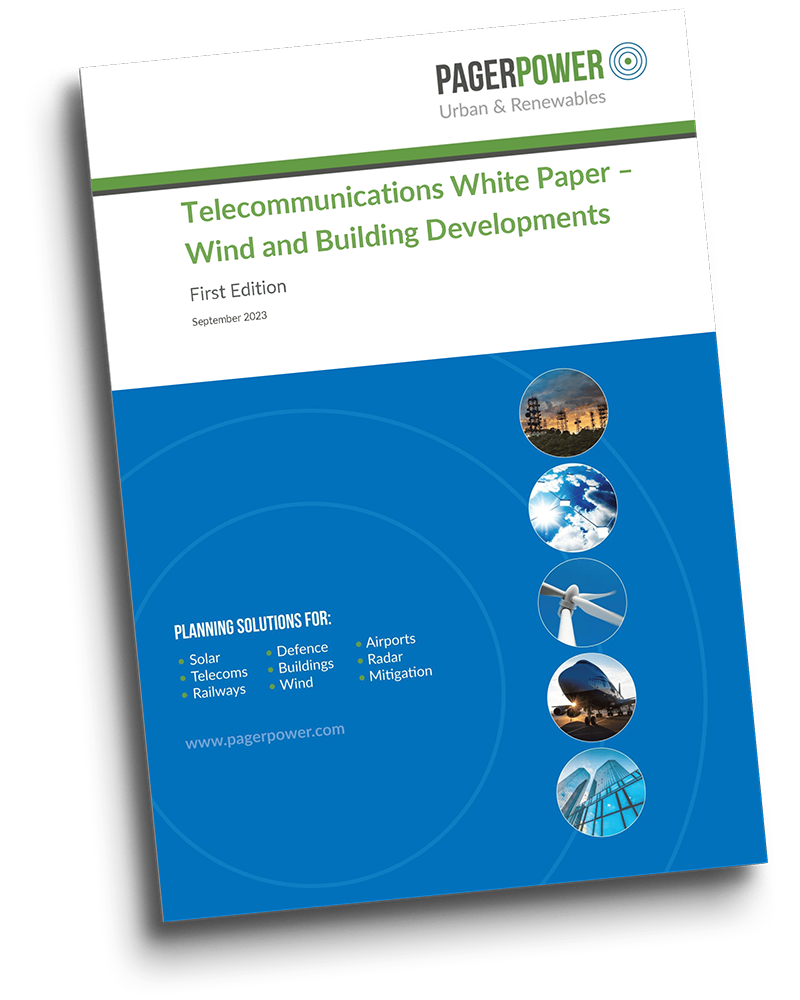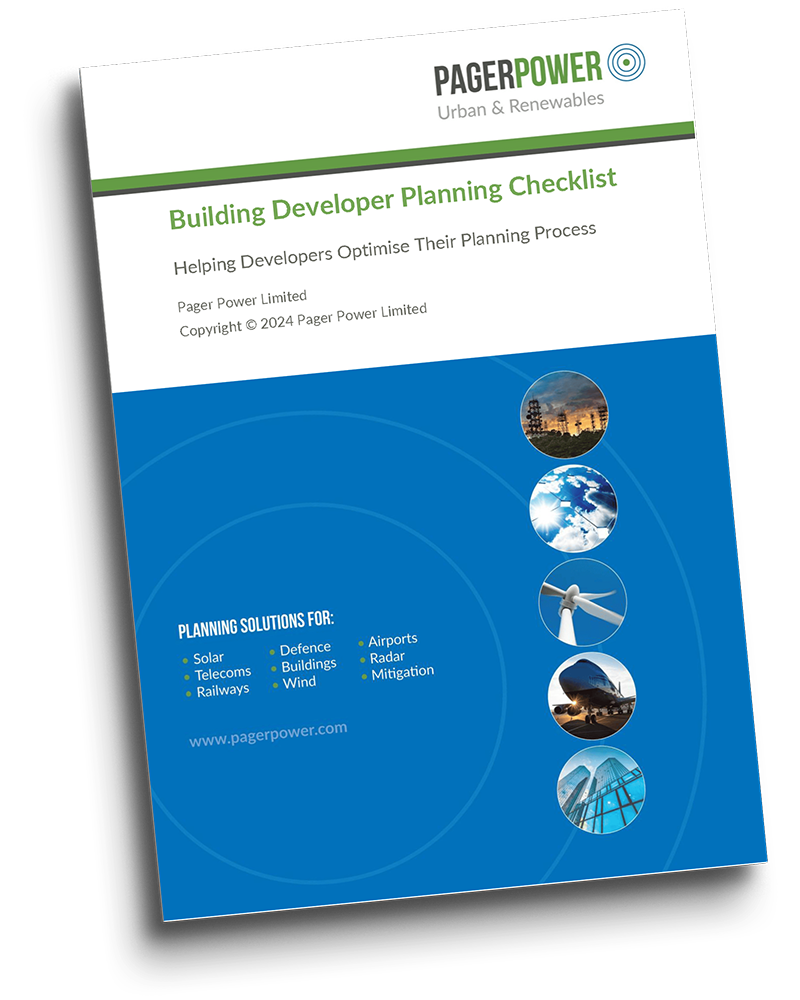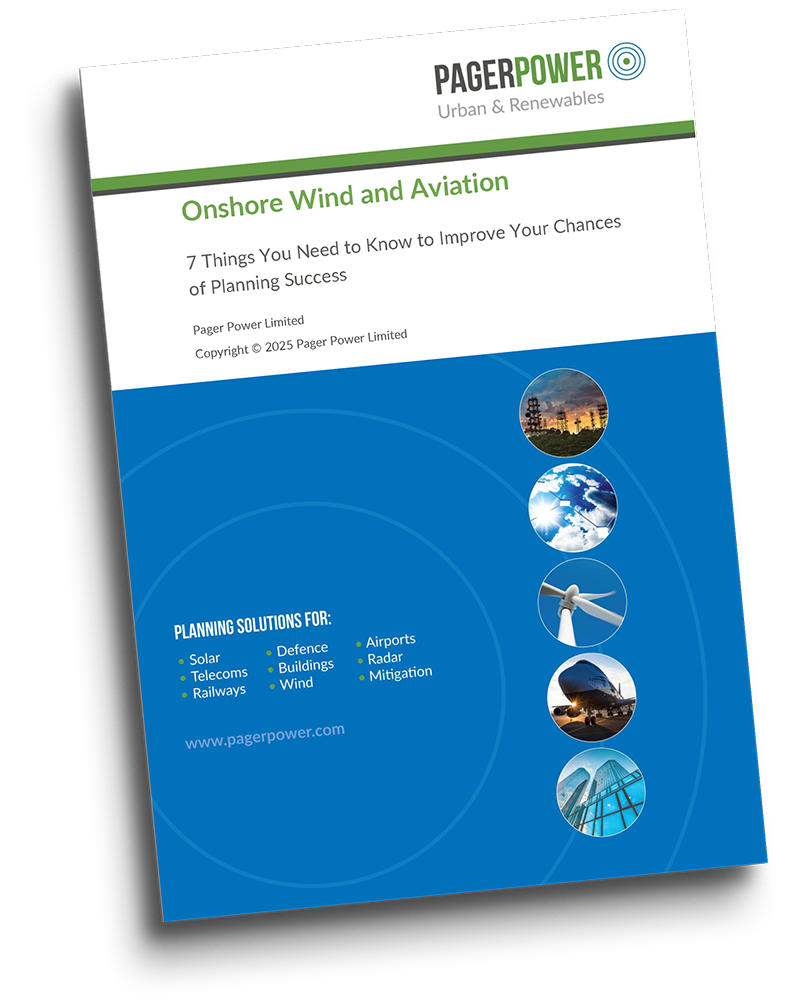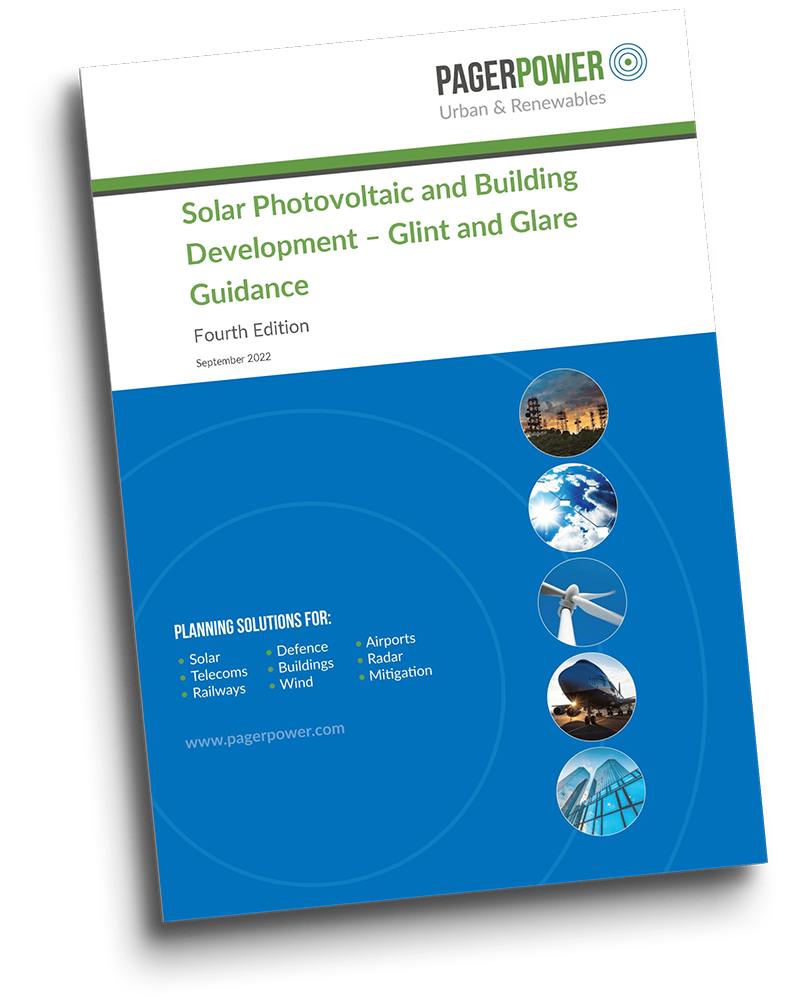Spot the Difference: The New ICAO State Letter in Full

A new edition of the International Civil Aviation Organisation (ICAO) state letter [1] was released earlier this year, with some changes made to the new obstacle limitation surfaces, expected in 2030, along with a few somewhat more esoteric variations made to existing rules in ICAO Annex 14 [3]. A summary of these changes is presented below.
Figure 1: Aircraft at take off. [4]
Take Off Climb Surface Switchover
Perhaps the most significant change in the new letter is to the status of the Take Off Climb Surface (TOCS) in the new surfaces. The new OLS will be split into Obstacle Free Surfaces (OFS) and Obstacle Evaluation Surfaces (OES). Until now, the TOCS was to become an OFS.
The updated state letter calls for the TOCS to instead be considered as an OES, which in simple terms means that the enforcement of obstacles breaching these surfaces is likely to be less stringent than it would otherwise have been. The previous wording, contained in section 4.4.4 of the 2023 State Letter[2], stated that “New objects or extensions of existing objects shall not be permitted” above the TOCS, with the exception of “installations required for air navigation or for aircraft safety.”
The outright ban on such obstacles breaching the TOCS has now been removed, as is laid out in section 4.4.8 of the 2025 State Letter[1]. This states that obstacles breaching an OES, now to include the new TOCS, “are only permitted when, after aeronautical study, it is determined that the obstacles do not adversely affect the safety or significantly affect the regularity of the existing and intended operations of aeroplanes.”
Such a change means that when the new OLS becomes applicable on November 21st, 2030, there might no longer be as strict enforcement of collision risk toward departures from OLS alone. The general rule, it seems, with all OLS going forward is that the surfaces aim to be more strongly linked to the specifications of Instrument Flight Procedures (IFPs) and to the performance of the aircraft using an aerodrome, as opposed to the physical characteristics of the aerodrome itself.
This change is made slightly more interesting by a change that has been made to one of the provisions applicable to the OES, of which the new TOCS is now a part. Point 4.3.1.3 of the 2025 State Letter[1] provides a recommendation that “Where it is necessary to preserve the accessibility of an aerodrome to existing and planned operations, the provisions applicable to OFS contained in 4.4.4 to 4.4.8 should apply to the identified obstacle evaluation surface.” This brings the rules applicable to OES in line with OFS in situations where aerodromes deem it appropriate for their operations. The conclusion is that the TOCS is less stringently enforced than it was previously by default, but can still, under some circumstances, be enforced as it was previously.
Other Changes to the New OLS
The new state letter has also brought with it other changes, including to the new inner transitional surface. This surface was and still is planned to be an OFS, with the same manner of enforcement as before. The change is to the dimensions of the surface.
The height of the vertical section of the inner transitional surface for aeroplane design groups IIC and III landing on non-instrument runways is set to increase. The effect of this change is primarily on airport operations, one of the main differences in applicability between the transitional surface (changed) and the inner transitional surface (unchanged) being the restriction on the placement of mobile objects during the use of the runway for landing.
Another notable change is a reinforcement of the custom nature of OES. There has always been scope within the rules on the new OLS to create bespoke surfaces with dimensions and shape completely different to those described in the State Letter[2]. These surfaces could be established to work in conjunction with specific IFPs, for example. What has been made more explicit in section 4.5.2.1 of the 2025 State Letter[1] is that these specific OES, as they are called, can also be used in lieu of the standard OES surfaces in order to safeguard procedures that these standard surfaces would ordinarily safeguard.
Changes to the Existing ICAO Annex 14
The State Letter introduces a few changes to the existing ICAO Annex 14 which are applicable far sooner than the new OLS. The changes are effective as of August 4th, 2025, and applicable as of November 27th, 2025.
There are some changes to the recommendations on runway physical characteristics. There have been updates to the recommended dimensions of runway strips. In the case of code 3 strips, it is recommended the half width is 55m as opposed to 75m, following detailed analysis by the Aerodrome Reference Code Task Force (ARCTF) [1]. In other words, it is expected that runway strips for code 3 runways, typically between 1200m and 1800m in length, will only need to be 110m wide as opposed to 150m wide. There have also been numerous small changes to recommendations surrounding taxiways.
More on the new ICAO OLS surfaces can be found here.
More on Pager Power’s new ICAO OLS modelling can be found here.
About Pager Power
Pager Power undertakes technical assessments for developers of renewable energy projects and tall buildings worldwide. For more information about what we do, please get in touch.
References
[1] ICAO State Letter (Reference AN 4/1.2.31-25/23)
[2] ICAO State Letter (Reference AN 4/1.1.58-23/33)
[3] ICAO, Annex 14 to the Convention on International Civil Aviation, Ninth Edition, July 2022 Volume I







